Fall 2024 Colloquium
.png)
Our colloquium series is held once a week in Arlington, VA for faculty, students, and guests! Speakers include academics, captains of the industry, technologists, venture capitalists, defense companies and even our very own ECE alumni. Each talk has a question-and-answer portion, so come prepared!
All colloquiums are held in-person at the Virginia Tech Research Center with a Zoom option.
| Location: | Virginia Tech Research Center, 900 N Glebe Road, Arlington, VA 22203 |
| Room: | Foggy Bottom |
| Reception: | 3:30 p.m. - 4 p.m. |
| Talk: | 4 p.m. - 5 p.m. |
September
Sep 4. Jahin Habib '16
Strategy and Consulting, Accenture
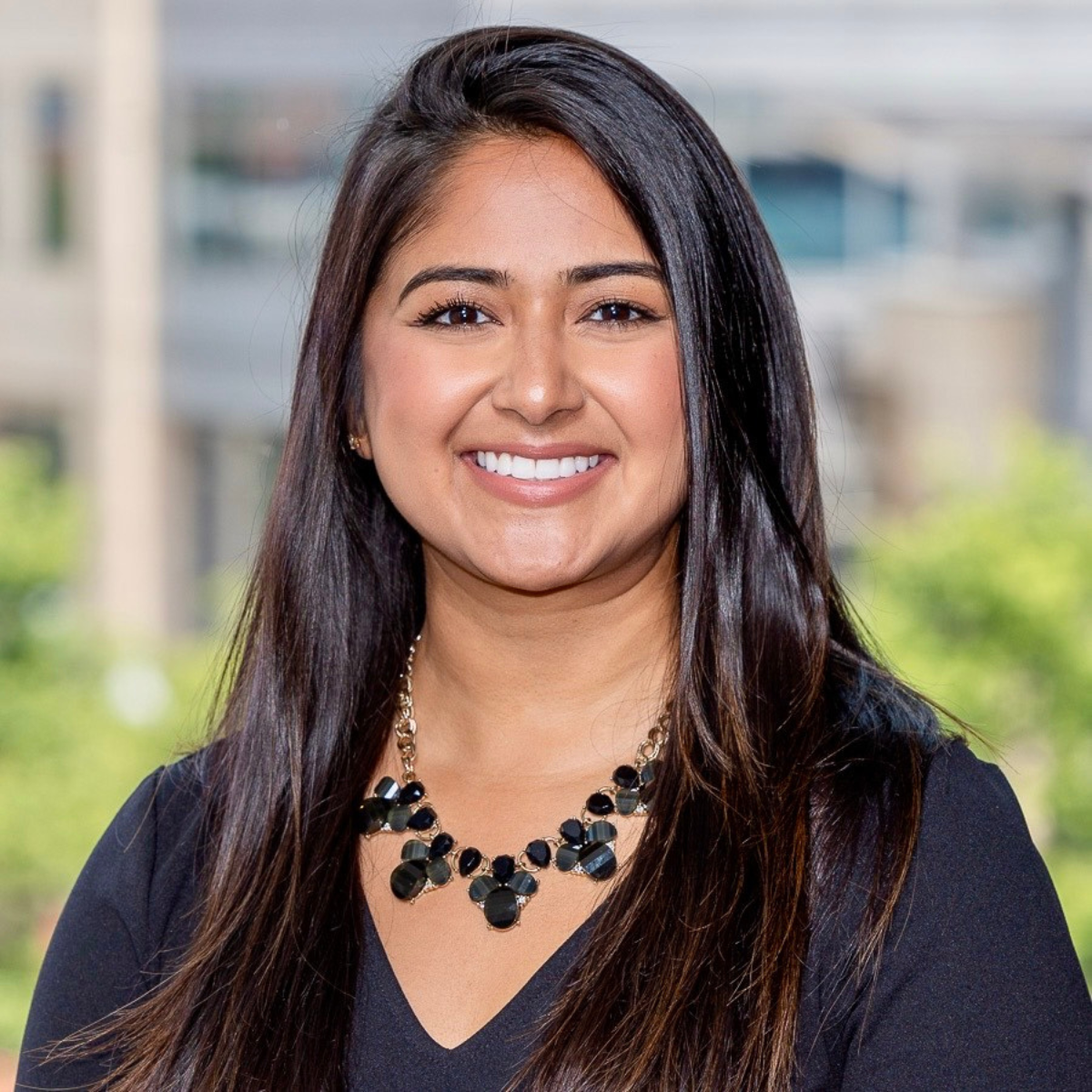
Empowering Engineering Futures: Unleashing Potential in Electrical and Computer Engineering through Leadership and Networking
In the ever-changing world of technology, the fusion of leadership, soft skills, and networking has become essential for electrical and computer engineering professionals. This presentation will dive into the impact of effective leadership and the development of essential soft skills like communication and adaptability, offering opportunities beyond traditional roles.
Additionally, the power of networking will take the spotlight, illustrating how it can unlock unconventional career paths and fuel professional advancement. By delving into these topics, this presentation aims to inspire and empower electrical and computer engineering students and professionals, providing them with the skills and insights needed to thrive in the dynamic landscape of technology and engineering.
Sep 11. Ed Reynolds '85
Project Manager, NASA Missions - TIME's 100 Top Influential People of 2023

Lessons from Failure and Success
In September 2022, NASA Double Asteroid Redirection Test impacted the asteroid moon Dimorphos and for the first time humans had redirected the trajectory of a celestial body. The purpose of the test was to demonstrate that simple kinetic impact could be used as a tool to protect Earth from catastrophic asteroid impacts. Dimorphos is a small moon, roughly 150 meters in diameter, of a larger asteroid Didymous. Neither had ever been imaged before. The nature of the test required DART to autonomously navigate the last four hours of the mission autonomously and to impact the smaller asteroid at a velocity of over 14,000 miles per hour. Days before the impact, DART would eject a smaller spacecraft named LICIACube that would image the impact and collect valuable data regarding the ejecta. The test was a huge success.
Ed Reynolds was the project manager for the DART mission through its development and flight and impact. This presentation goes through the challenges of the DART mission and its development and its role in planetary defense. Ed will also discuss previous asteroid and comet missions and successes and failures along that journey and the lessons learned along the way.
Held in the Ballston Room of the Virginia Tech Research Center
Sep 25. Zach Rattner '11
CTO and Co-Founder, Yembo
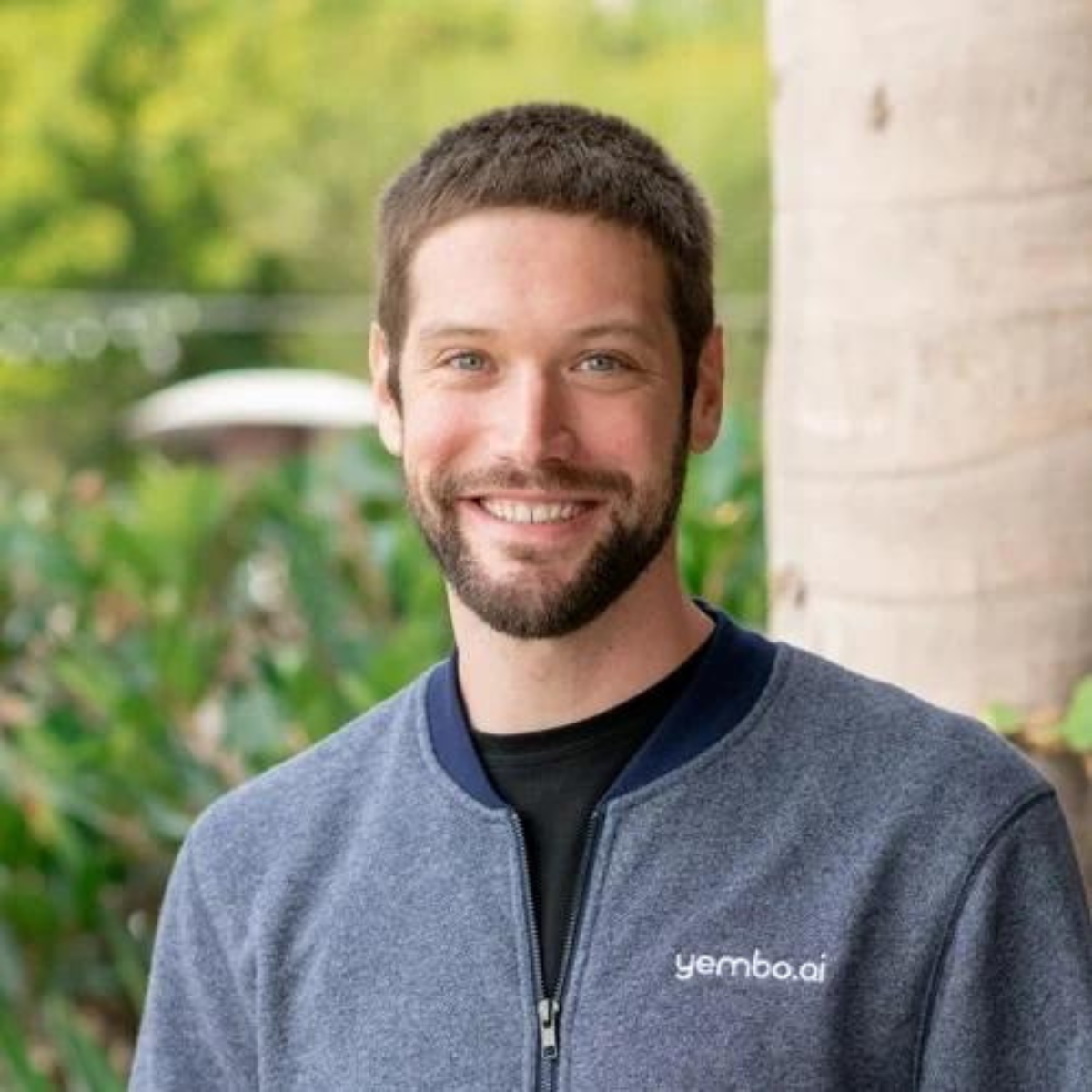
Engineering 2.0 - Applying creativity in the AI era
Creativity isn't just for artists—it's a crucial skill for electrical/computer engineers ready to make a real-world impact. Join Zach Rattner, CTO and Co-Founder of Yembo as he shares how creative thinking can amplify your technical expertise to solve complex, real-world problems. Expanding on insights from his book, Grow Up Fast: Lessons from an AI Startup, Zach will share his journey of applying AI and computer vision to modernize traditionally low-tech industries such as moving and property insurance.
Zach will discuss the importance of lateral thinking, the value of interdisciplinary knowledge, and how to identify opportunities where your technical background can drive innovation.
And catch Zach at our alumni happy hour after his colloquium talk!
October
Oct 2. Ray Hensberger '06
Global Head of Artifical Intelligence & Machine Learning, Amazon Web Services
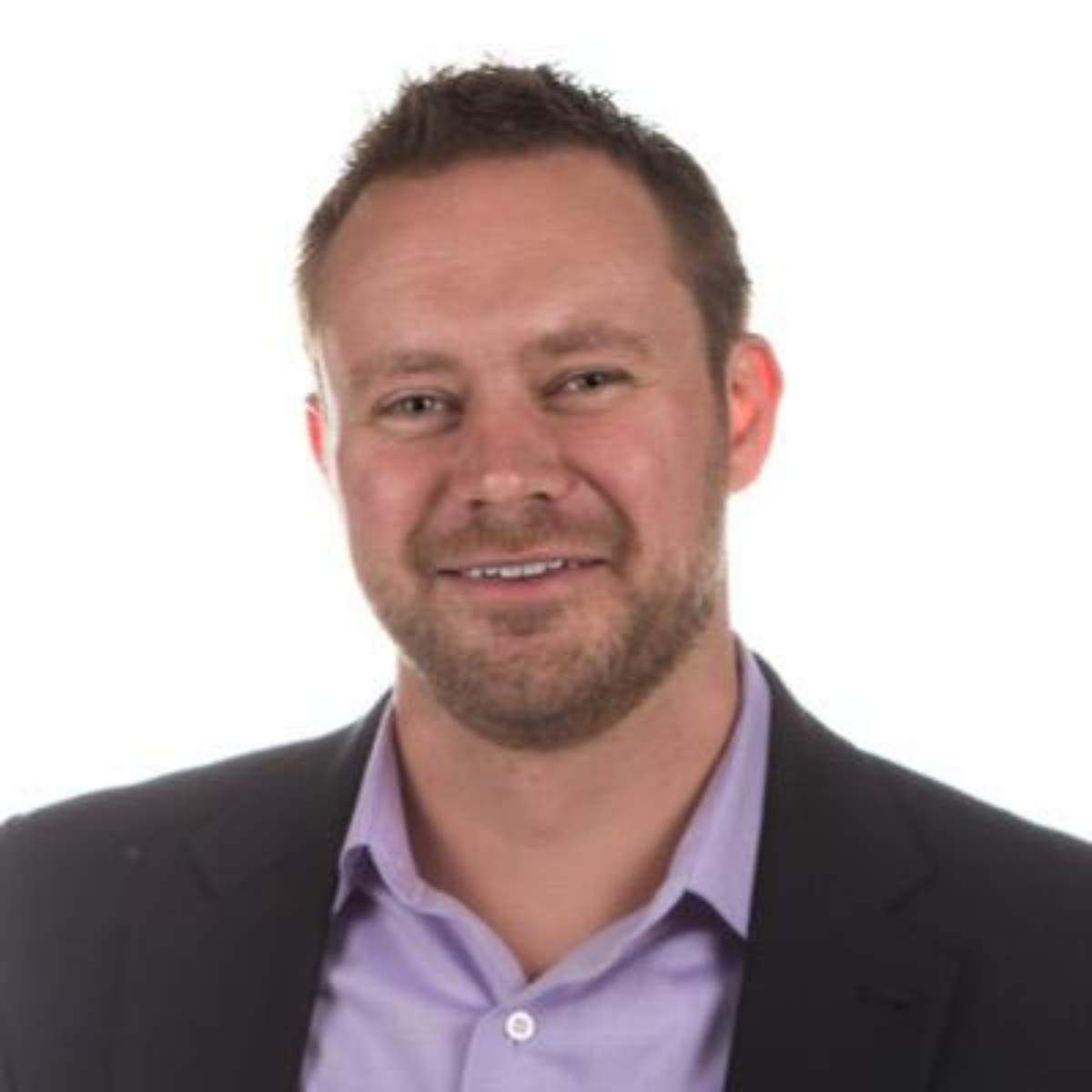
The Evolving Landscape of Artificial Intelligence: From Big Data to Generative AI
In the blink of an eye, Artificial Intelligence has taken a critical leap in transforming industries across the world. While it seemed to happen overnight, it didn't. There have been transformative shifts in technology that have enabled AI to become what it is today, from wrangling massive amounts of data to the meteoric rise of Generative AI.
Ray will draw from his experience to dive into the evolution of the field to examine how the advent of Big Data, followed by advancements in Data Science and infrastructure, have paved the path for increasingly mature and faster iteration cycles in AI.
Along the way, he will share his personal journey of his diverse career path that has put him at the center of this technological inflection point. With a comprehensive understanding of the dynamic landscape of Artificial Intelligence, he'll provide valuable insights in what it takes to propel your own journey in this rapidly evolving field.
Oct 9. Mansoor Hanif
Executive Director Cognitive City Design, DARABASE
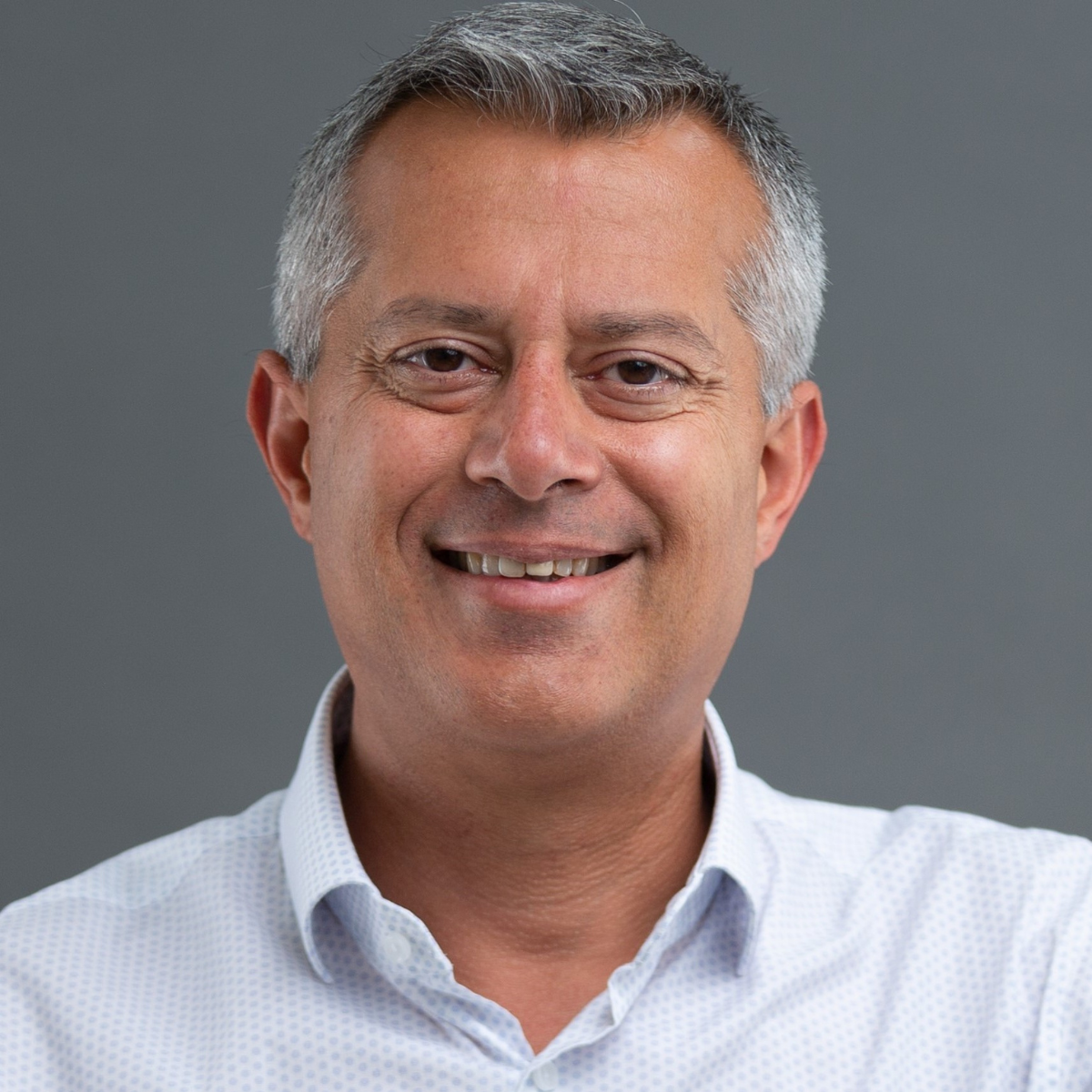
Big City Life in the 2050s
Urban Living is set to change dramatically by the second half of this century. What are the drivers of this change? What emerging technologies will support the future urban experience? How will we perceive the mixed realities of future cities? What are the risks and opportunities? How can innovators leverage the early trade winds to this destination during the transition which has already started?
Oct 23. Roshan Roeder '01 and Greg Simer '99
Northrop Grumman
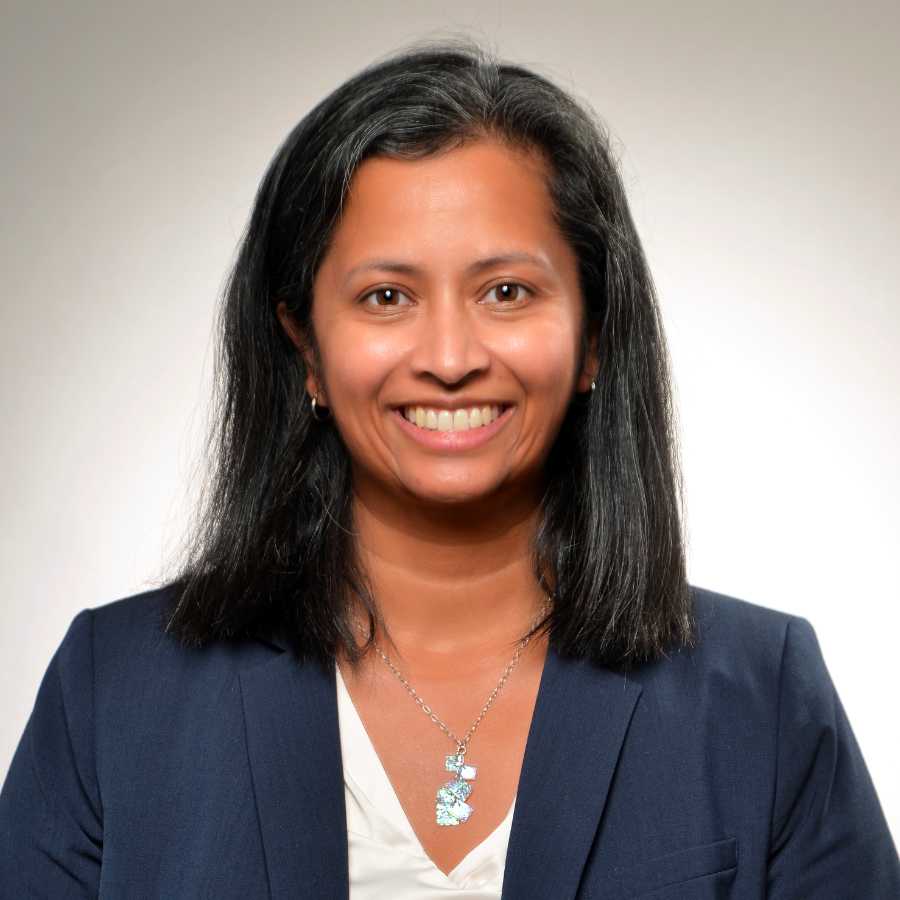
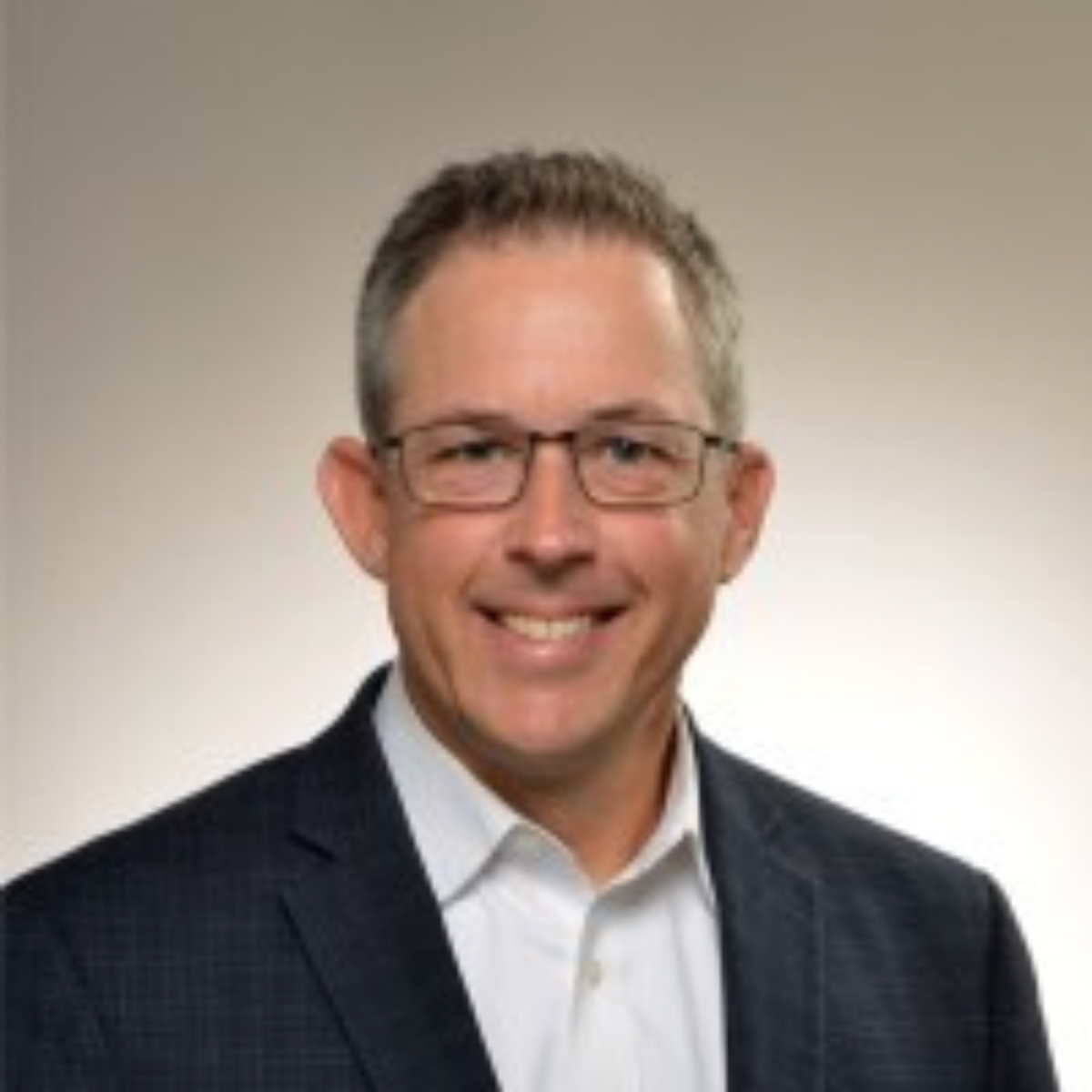
Innovative Technologies to Tackle Challenges from the Sea to Air to Space
Overcoming some of the most complex engineering challenges in the world, and creating revolutionary technology to connect, advance and protect the U.S. and its allies is happening right here at Virginia Tech.
Hear about our partnership with Northrop Grumman and how it’s helping pioneer the next generation of solutions in microelectronics, quantum, energetics and more innovative technologies. Alumni Roshan Roeder, president of Northrop Grumman’s Mission Systems sector, and Greg Simer, chief technology officer of Northrop Grumman’s Defense Systems sector, will share insights into this technology and more, at our upcoming talk on Oct. 23.
November
Nov 6. Harold Smith
CEO and Co-Founder, Monkton
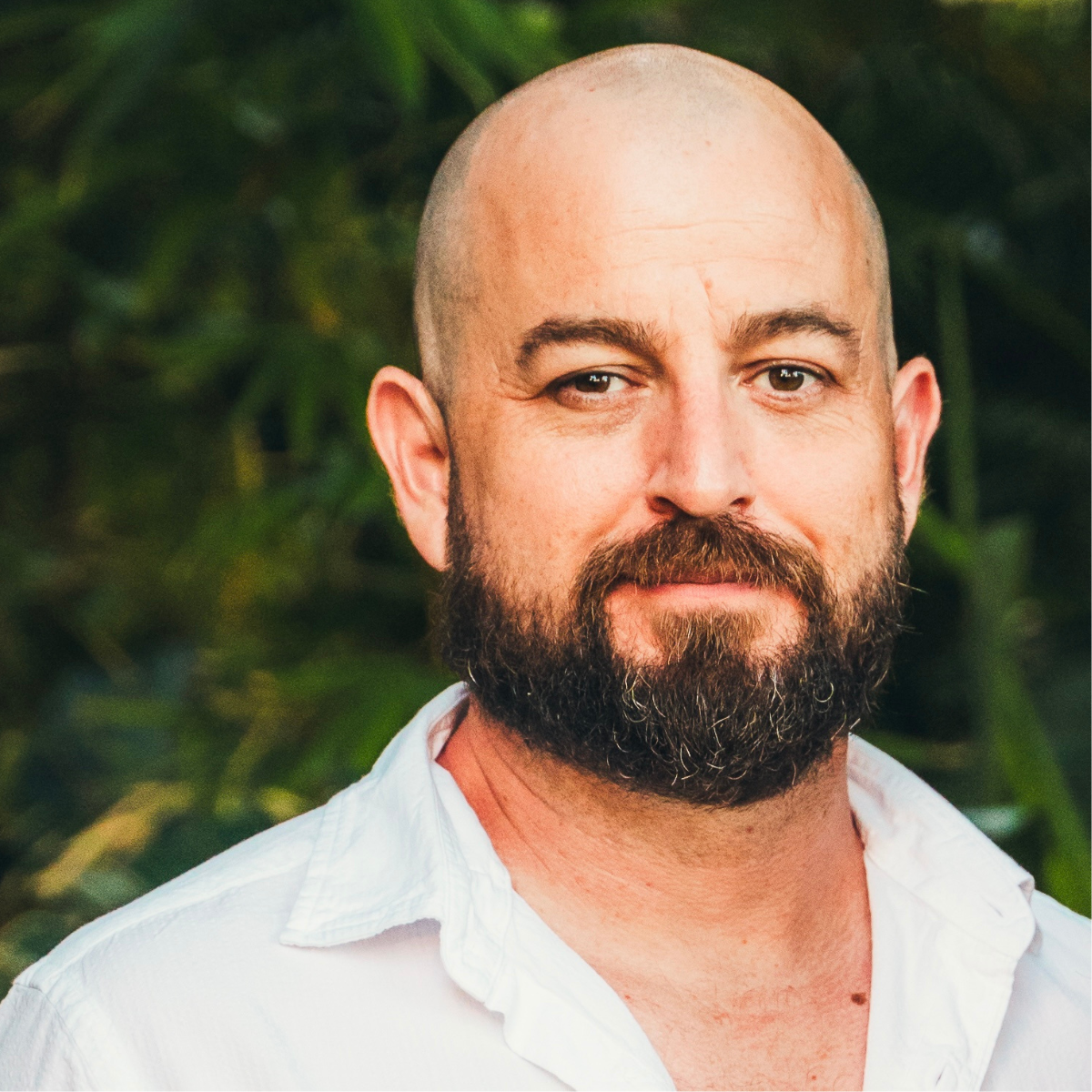
Building Faster Ways to Fix Things
Harold Smith III, Monkton’s CEO and 2004 Virginia Tech alumni, interacts with everyone from executives to end users, developing ways to solve issues before they occur for federal and commercial customers. Harold has led Monkton from its first project, developing a mobile maintenance app for the U.S. Air Force, which went from kickoff to user acceptance testing in less than four months. Since then, he’s made it a priority to work with the best partner companies in the industry, valuing organizations committed to change and not afraid to take risks.
Harold is on a mission to use Cloud Native capabilities to deliver solutions at the speed of relevance for every customer, saving them money and bringing desired functionality to life faster. Find out more about startup challenges and successes, get advice on opportunity discovery, and hear tips and insights for problem-solving entrepreneurs who want to push past their comfort zone.
Nov 13. Joseph Kozak '21
Senior Electrical Engineer, The John Hopkins University Applied Physics Laboratory
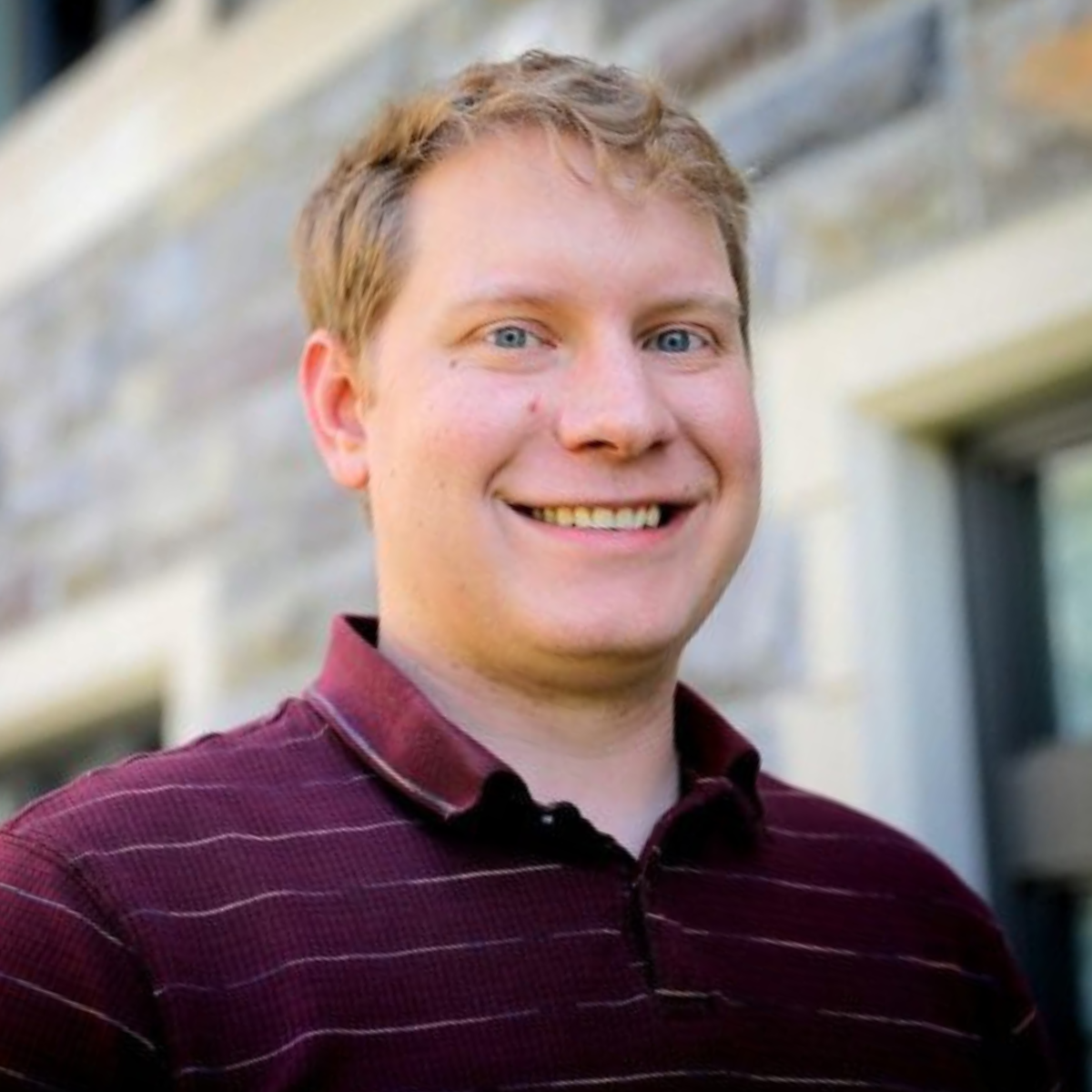
Powering the Future: From Earth to Deep Space
While the field of power electronics is trending towards designs with higher power densities, aerospace applications have had difficulties achieving terrestrial metrics due to limitations on reliability and radiation hardened components. This talk will provide an overview of the design considerations faced in electronic circuits that are used in deep-space applications. Examples will include the challenges in designing the most recent NASA New Frontiers program, Dragonfly, as well as the future lunar power grid. In addition, how facing these engineering difficulties can help shape your local community and the next generation of engineers on Earth will be discussed.
December
Dec 4. John Robie '22
Senior Electrical Engineer, V2X Inc.
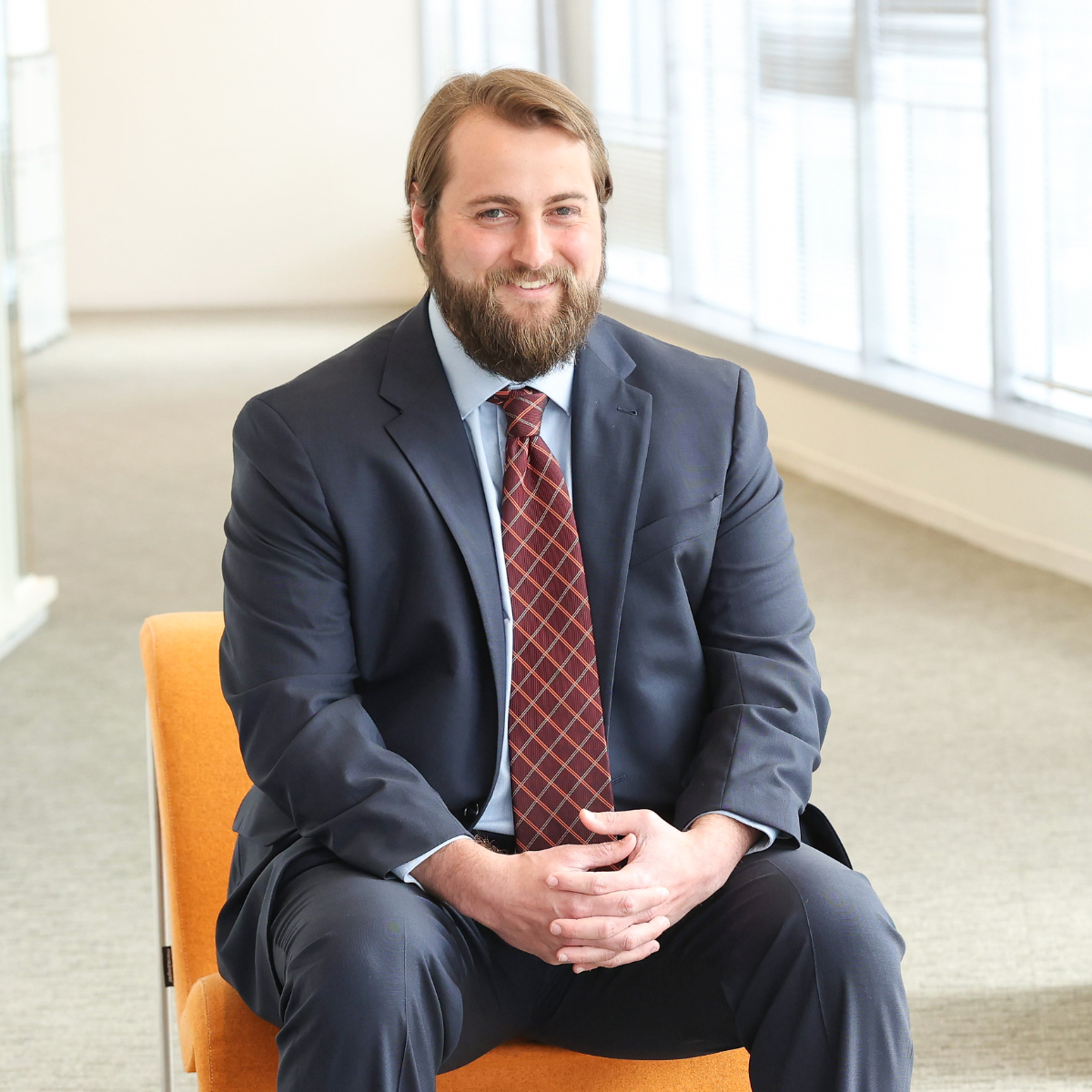
Electromagnetic Spectrum Sharing: Defense and Innovation
The electromagnetic spectrum is a finite and valuable resource. As more spectrum dependent systems are built there must be greater emphasis on efficient use of this finite resource, while protecting the missions of incumbent systems in highly desirable frequency bands. This talk will cover electromagnetic compatibility, spectrum sharing between Department of Defense systems and commercial interests, and the National Science and Technology Council’s National Spectrum Research and Development Plan.
Dec 11. Ajay Jagtiani '88
Principle, Miles & Stockbridge
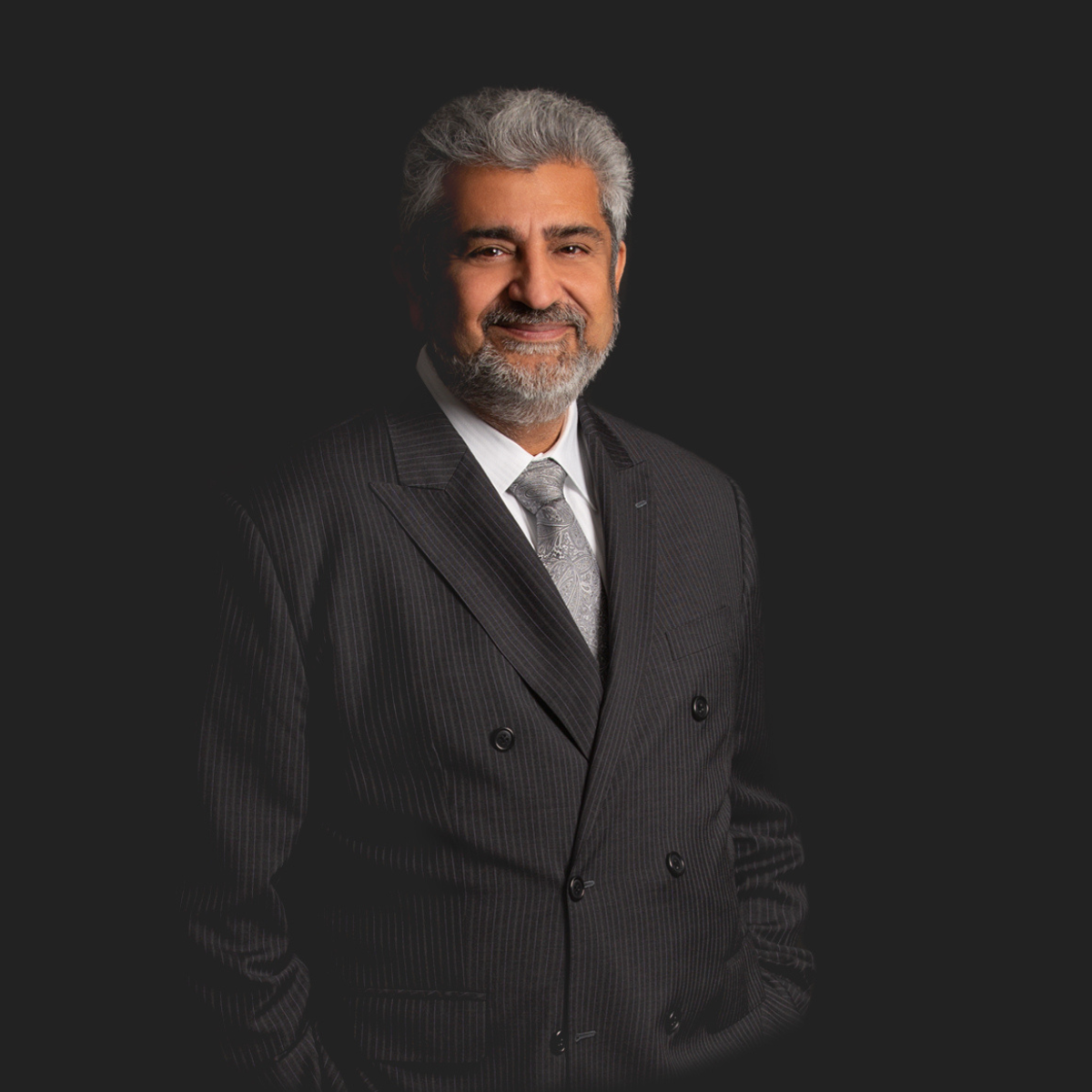
Patents, Trademarks & Copyrights
Why Do We Do This
Intellectual property is not just something that you learn about in school and forget. It is a way to generate value for you and your company. Ajay will discuss the general types of intellectual property that you are likely to encounter, the process for protecting this as well as cost and timeline associated with different types of intellectual property.
In addition, he will discuss how intellectual property can be used in both an academic environment and for commercially leveraging the same in a company.


